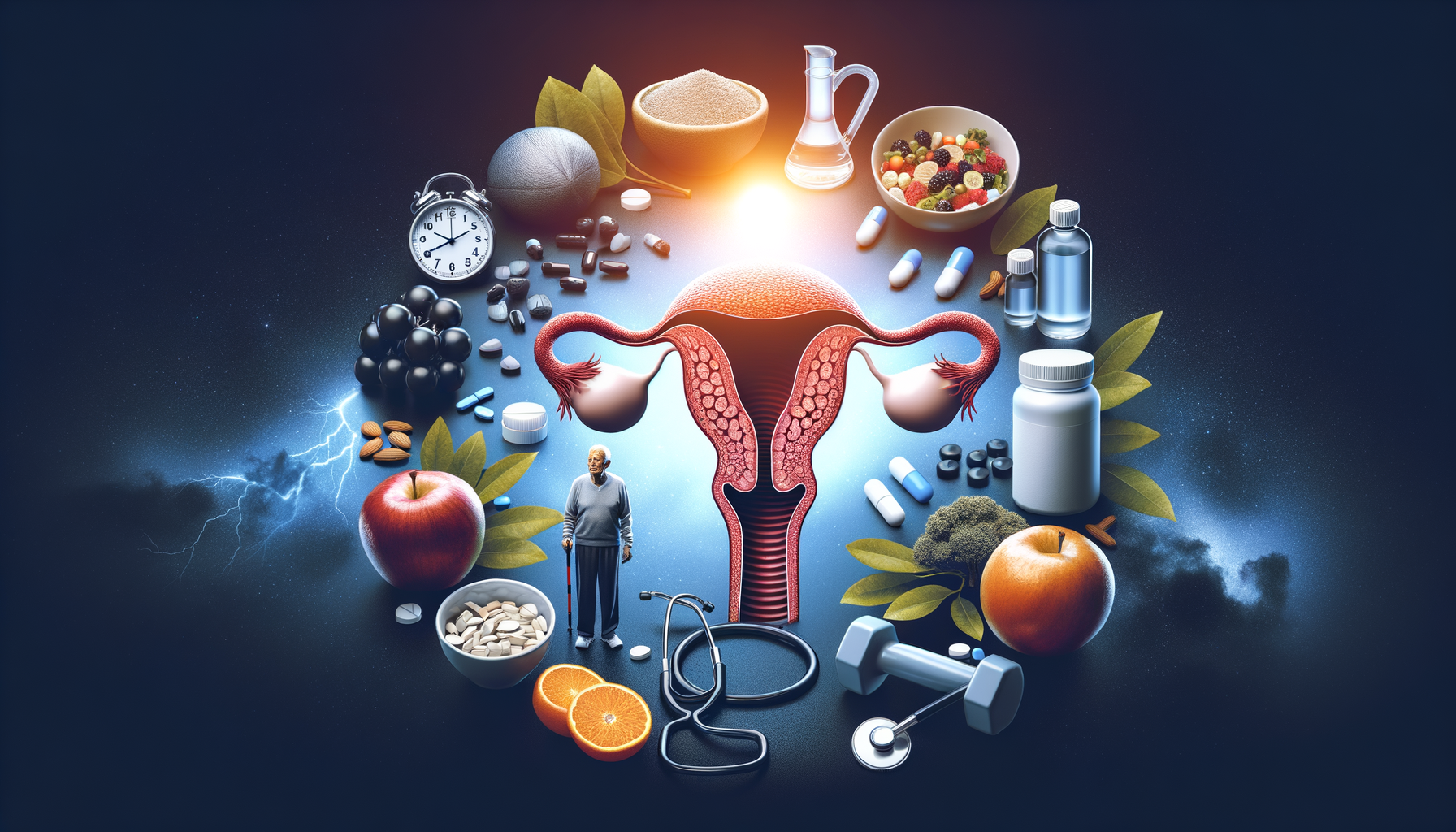Ways to Address Nighttime Urinary Incontinence in Seniors
Does a frequent need to urinate throughout the night disrupt sleep patterns? Exploring potential reasons and supportive strategies can be helpful. Understanding various approaches may bring greater comfort.

Understanding Nighttime Urinary Incontinence in Seniors
Nighttime urinary incontinence, often referred to as nocturnal enuresis, is a common concern for many seniors. This condition can lead to disrupted sleep, increased stress, and a decline in overall quality of life. Understanding the underlying causes is crucial for managing this issue effectively. As people age, changes in the urinary system, such as reduced bladder capacity and weakened pelvic muscles, can contribute to incontinence. Additionally, certain medical conditions like diabetes, prostate problems, and neurological disorders can exacerbate the problem.
Beyond physical factors, medications used to manage other health conditions may have side effects that impact bladder control. Diuretics, for example, increase urine production and can lead to nighttime incontinence. It’s important for seniors and their caregivers to be aware of these potential triggers and discuss them with healthcare providers. Moreover, lifestyle factors such as fluid intake and diet can also play a role. By identifying the specific causes, personalized strategies can be developed to alleviate symptoms and improve quality of life.
Effective Strategies for Managing Nighttime Urinary Incontinence
Managing nighttime urinary incontinence involves a combination of lifestyle adjustments, behavioral strategies, and sometimes medical interventions. One effective approach is to establish a regular bathroom schedule to train the bladder. Encouraging seniors to use the restroom at set intervals, especially before bedtime, can help reduce nighttime incidents. Additionally, limiting fluid intake in the evening and avoiding bladder irritants like caffeine and alcohol can be beneficial.
For some individuals, pelvic floor exercises, commonly known as Kegel exercises, can strengthen the muscles that support the bladder. These exercises are simple to perform and can be incorporated into daily routines. In cases where lifestyle changes are insufficient, medical interventions such as medications or devices might be recommended. Medications can help control bladder spasms, while devices like absorbent pads or specialized bedding provide additional support and comfort.
Lifestyle Adjustments and Medical Interventions for Improved Bladder Control
Adopting certain lifestyle adjustments can significantly improve bladder control in seniors. Creating a comfortable and accessible bathroom environment is essential. This includes ensuring adequate lighting and installing grab bars for safety. Encouraging regular physical activity can also enhance overall health and support bladder function. Exercises that strengthen core muscles, such as yoga or tai chi, can be particularly beneficial.
When lifestyle modifications are not sufficient, medical interventions may be necessary. These can include medications that target specific symptoms or underlying conditions contributing to incontinence. In more severe cases, surgical options might be considered to provide relief. It is crucial for seniors and their caregivers to work closely with healthcare professionals to determine the most appropriate treatment plan. By combining lifestyle changes with medical interventions, seniors can achieve better bladder control and an improved quality of life.